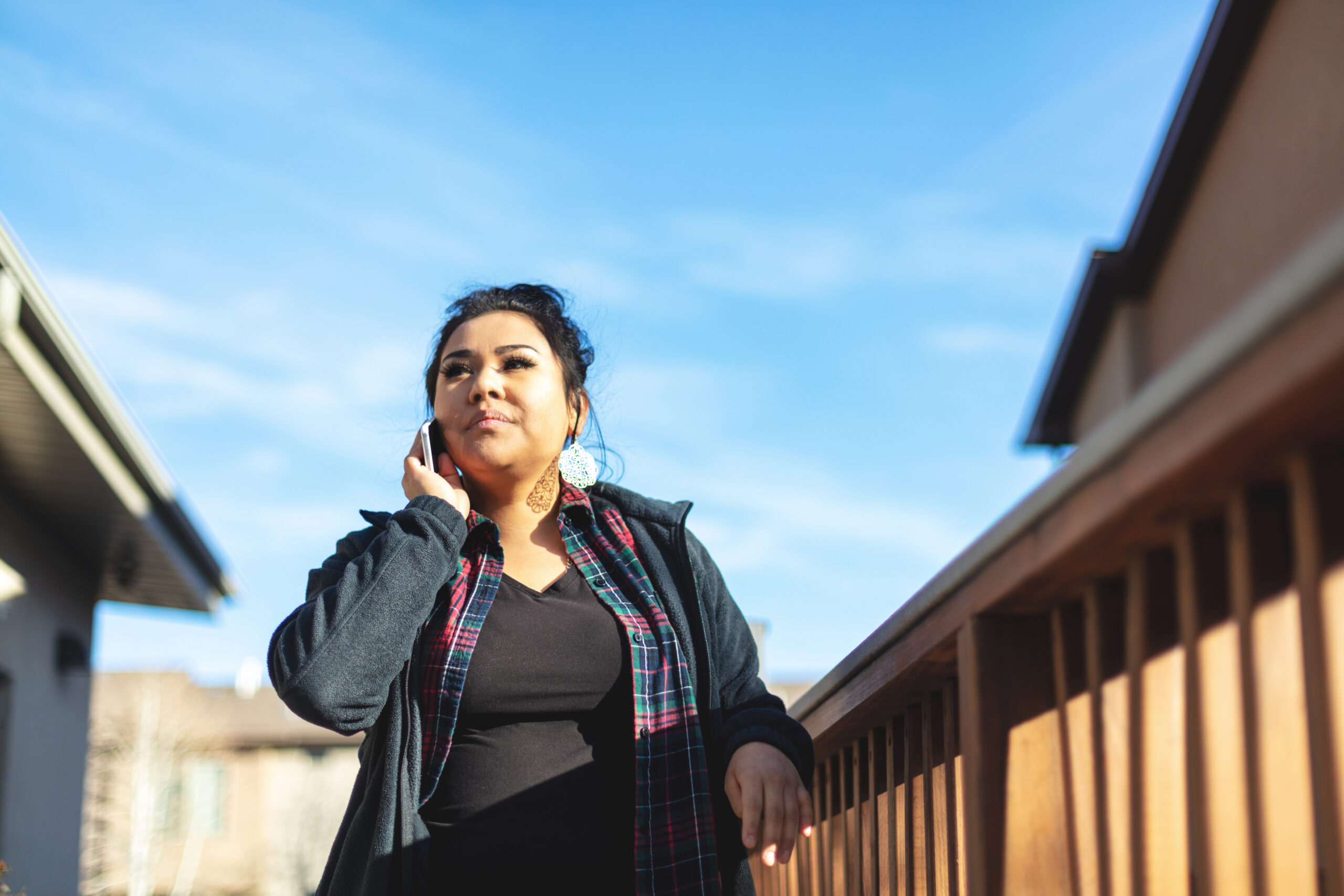This year, September 8 marks Native Women’s Equal Pay Day, or the day Native American women must work, on average, into the new year to earn what their White male counterparts brought home in the previous year. This represents over eight additional months of work to earn the same pay as their male co-workers in one year. This is a harsh reality both for Native women and their families, especially during the COVID-19 crisis, which disproportionately impacts women of color.
Before the pandemic, Native women working full-time, year-round were paid just 60.0 cents on the dollar paid to White men nationally in 2019. This disparity adds up to a loss of $24,000 per year, on average, for Native women and their families. Even with full-time, full-year work, the median annual earnings of Native women in 2019 was only $36,000—leaving a family of one adult and two children near-poverty.
These lower earnings made it particularly difficult for Native women and their families to weather a crisis such as the COVID-19 pandemic and its related “she-cession.” Well over a third of Native American households with children are headed by single mothers (36.9 percent) and over a quarter of married mothers (27.2 percent) are co-breadwinners who contribute at least 40 percent of household income. The gender pay gap for Native women takes a devastating toll not only on today’s workers but also on future generations—with few signs of improvements. Over the past decade, the earnings ratio between Native women and White men has stagnated, with no progress toward equal pay.


